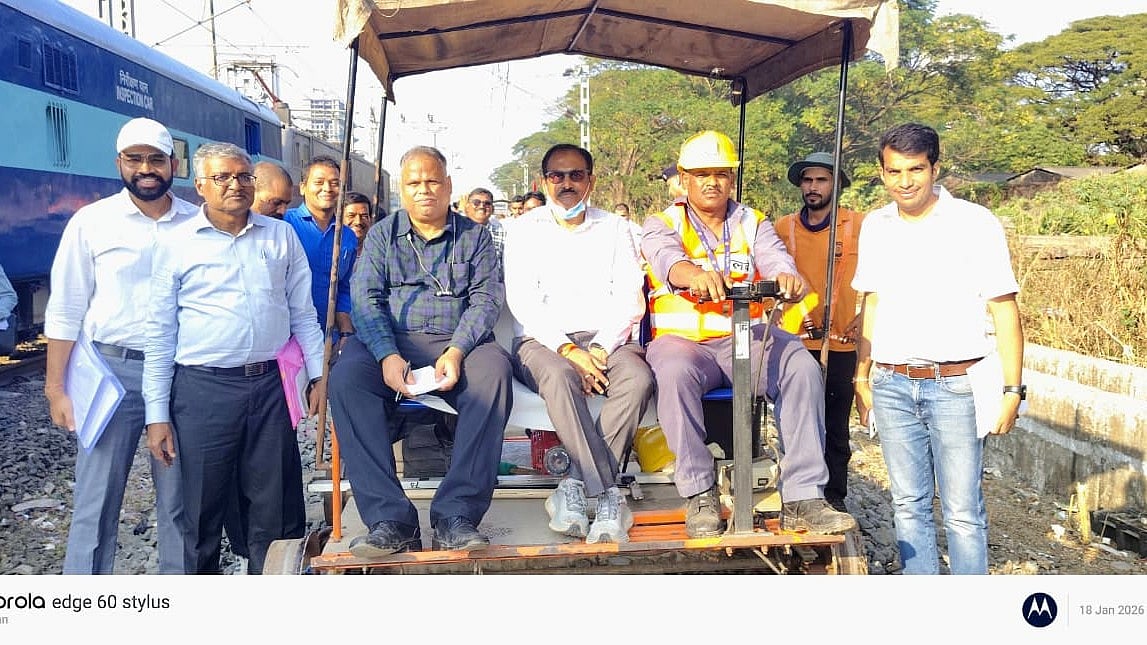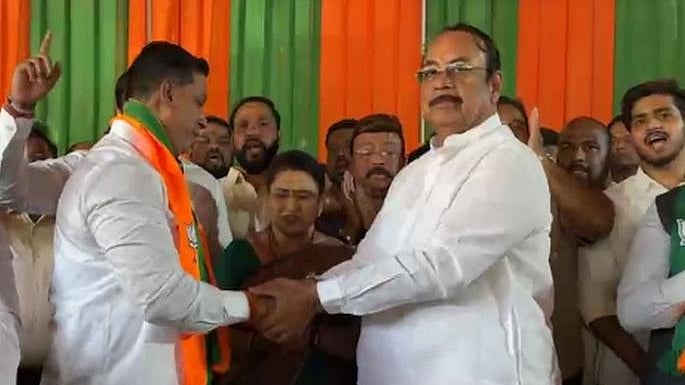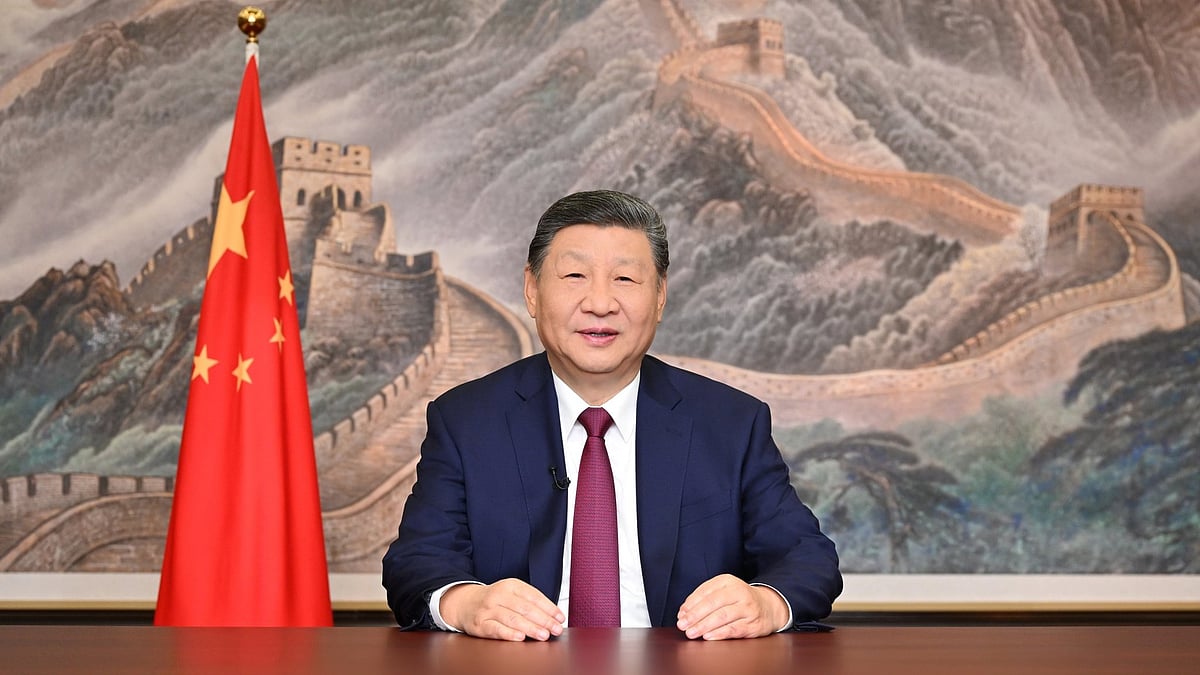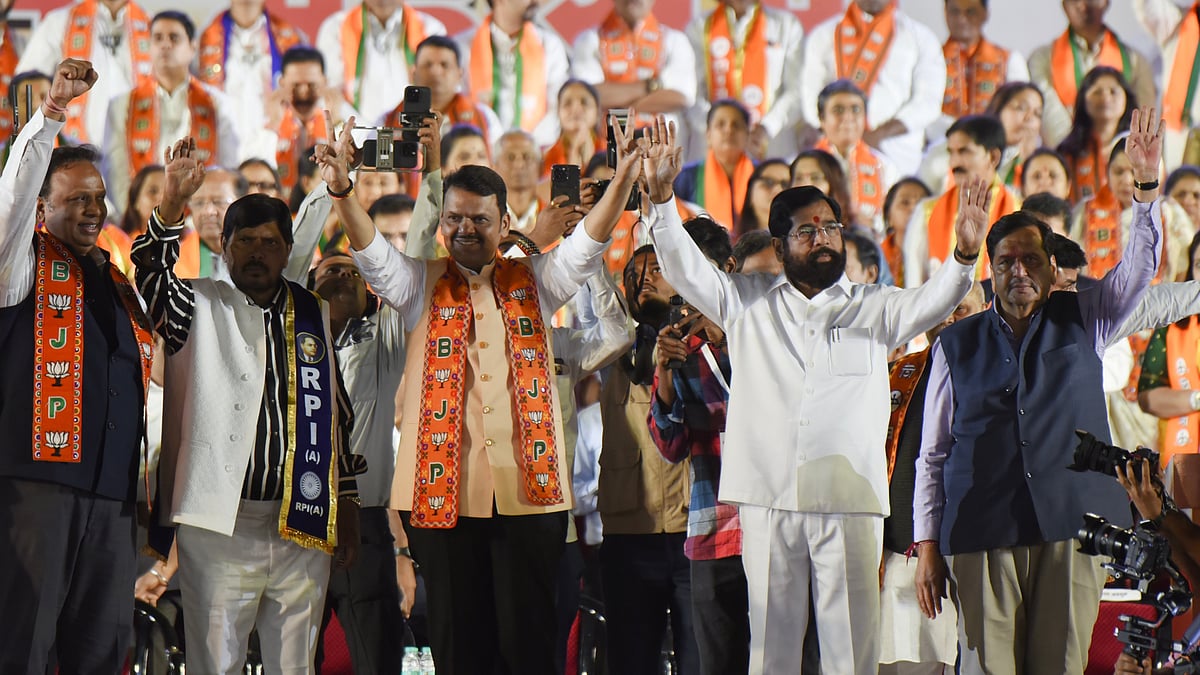With less than 20 days left for the Bihar assembly polls, the contours of the fight among the major political parties have thrown up several questions.
The key one is, of course, who will undermine whom, rather than who will help whom to capture or retain power?
Uneasy partners BJP and the Janata Dal (United) have concluded a pact to contest Bihar's 243 seats, under which the JDU will contest 122 and the BJP 121. But the bouncer thrown by an NDA member and BJP ally, the Lok Janshakti Party (LJP), to contest 143 seats targeting Nitish’s party has only deepened the trust deficit between the JDU and the BJP.
At whose behest has the LJP decided to go against the Nitish-led NDA arrangement but still back Prime Minister Narendra Modi?
The BJP’s critics have been quick to see the 'hidden' hand of Union Home Minister Amit Shah in the LJP's decision to go it alone. They believe there is a BJP ploy to undermine the tally of JDU and displace Nitish Kumar from the chief minister’s post. The LJP was founded by Union minister Ram Vilas Paswan, who has handed the baton to his ambitious son, Chirag Paswan.
Some cite Chirag’s meeting with Shah prior to his decision to put up candidates against all JDU nominees, while sparing the BJP candidates.
On his part, Chirag has never veiled his plans to take on Nitish, for a long time now. Earlier this year, he had launched his 'Bihar First, Bihari First' yatra, during which he did not mince words to attack Nitish Kumar’s government. Later, Chirag had openly criticised Nitish's handling of the coronavirus and the migrant crisis.
The last straw was, of course, Nitish’s move to bring back to the NDA fold his former ally and CM Jitan Ram Manjhi, who is dead opposed to the Dalit vote commanded by the Paswan community, which makes up for 4.5 per cent of the total population.
Overall, Dalits comprise around 17 per cent of the total votes in Bihar.
When he came to power in 2015, Nitish had opted for a novel 'social engineering' experiment, by creating a new vote bank of Mahadalits to balance the Mandal vote bank. But he had kept out the Paswan caste in the Mahadalit grouping of some 20 sub-castes of the Dalits.
That is why when Chirag announced that his party would not contest the polls as part of the NDA, he did not mince words in stating that he had a major problem with Nitish even though there was "no bitterness" with the BJP. He also declared that his party would put up candidates against the JDU nominees but avoid the seats being contested by the BJP.
Ostensibly, even as the BJP is strategising on the new situation caused by Chirag’s decision to go it alone, it has so far not criticised Chirag.
Many believe that the LJP may have sensed that it can benefit from the anti-incumbency factor working against Nitish Kumar in the state. At the same time, the LJP counts on the unstinted support for Modi among Bihar’s upper castes as a plus point to enhance its own voter base.
Also, by deciding to contest 143 seats this time, it is opening up the possibility of playing kingmaker in case the BJP-JDU alliance falls short of the number (122 in the House of 243 members) to form the government again. As an LJP leader has said, the best case scenario for the party is to win “even 10-15 seats” and then insist on a BJP leader becoming CM and not Nitish.
In the 2015 assembly polls, the LJP won just two seats in the House of 243, with 4.83 per cent of the vote. However, it won all six seats it contested in the 2019 Lok Sabha polls, crediting its strike rate to Modi’s leadership of the NDA campaign, rather than Nitish’s standing.
But the big question is, if the LJP’s intention is to undermine Nitish Kumar, will the JDU be without a Plan B?
In the opposition camp, during the intense negotiations between the rival Rashtriya Janata Dal (RJD) and the Congress, Lalu Prasad Yadav (who is serving his jail term following conviction in the infamous fodder scam case) had apparently conveyed to his son Tejashwi Yadav, not to concede too many seats to the Congress. Lalu apprehended that there was a possibility of the Congress joining hands with Nitish Kumar after the polls.
Nevertheless, despite his unwillingness to concede not more than 60 seats to the Congress, Tejashwi Yadav finally agreed to let the party contest 70 seats. In the 2015 elections, the Congress had contested 41 seats and won 27. The JD(U) was then part of the Grand Alliance against the BJP.
Of course, local Congress leaders are not too happy that the RJD has handed them 40 seats that are seen as NDA-strongholds because they have sitting JDU and BJP MLAs.
Despite its misgivings over the BJP’s hidden plans, the JD(U) is hoping that it can repeat its performance of 2010 when it was aligned with the BJP. It won 206 of 243 seats. On their part, the BJP leaders have been unable to hide their disenchantment with the leadership of Nitish Kumar and being forced to perpetually play second fiddle to the JDU . (The BJP has 53 seats in the outgoing House as compared to JD(U)’s 69.)
The biggest hope of BJP leaders is that their party wins more seats than the JDU and then effect a change in the leadership of the state government.
On record, several BJP leaders, however, insist that they are going to the voters on the plank of 'development' in the last 15 years, under the leadership of Nitish Kumar “with the guidance of Modi”.
Everything will ultimately depend on the number of seats won by major players.
Nitish will stay on with the BJP and vice versa if the seats won by each side do not allow for any other option. But any change in the numbers could mean new political somersaults and changed partners. After all, Nitish had dumped the BJP before the 2015 elections and joined hands with the RJD and the Congress. In 2017, he joined hands with the BJP to save his government because he could not bear the pressure of Lalu Prasad Yadav’s family.
This time, Lalu is counting on his son Tejashwi to enable the RJD emerge as the single largest party in the assembly. Who knows who the RJD’s new partners could be after the elections?
The writer is a former Senior Associate Editor of Hindustan Times and Political Editor of Deccan Herald, New Delhi









